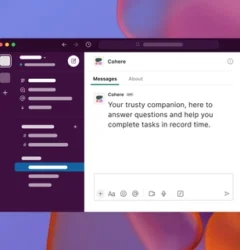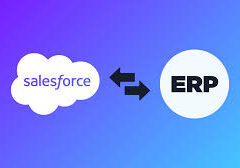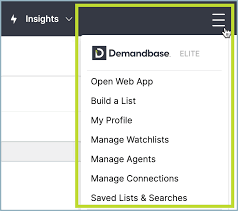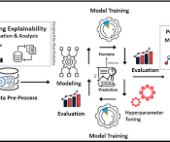Consulting methodologies are thoughtfully crafted frameworks that encompass information and analyses. Within these frameworks, analyses are developed using a proven and structured system of tools and actions strategically aimed at resolving clients’ issues in a beneficial manner. These frameworks serve as a comprehensive tool set, integrating concepts, tools, techniques, and processes to address business problems. Furthermore, they offer a structured approach to organizing thoughts about the future of an industry or company, enabling consultants to frame problems and propose innovative solutions, assisting clients in making informed decisions.
Thank you for reading this post, don't forget to subscribe!In the domain of IT consulting project management and IT consulting methodologies, the selection of a project management methodology tailored to the project type, size, and complexity is pivotal. Various methodologies, including waterfall, agile, scrum, kanban, and hybrid, bring their own set of advantages and disadvantages.
Waterfall
The Waterfall methodology, a well-established project management workflow, mirrors a cascading waterfall, progressing sequentially through five stages: requirements, design, implementation, verification, and maintenance.
Agile
The Agile methodology adopts a phased approach, emphasizing continuous collaboration and improvement by breaking the project into manageable phases. Teams follow a cycle of planning, executing, and evaluating.
Scrum
Scrum serves as a management framework, fostering self-organization. Focusing on collaboration toward a common goal. It outlines meetings, tools, and roles to facilitate efficient project delivery, allowing teams to self-manage, learn, and adapt.
Kanban
Kanban, derived from the Japanese term meaning “signboard” or “billboard”. It is a lean method for managing work across human systems. It aims to balance demands with available capacity, enhancing the handling of system-level bottlenecks.
In addition to these methodologies, various strategic approaches exist:
- Top-down approach: Starting from the total market, this approach estimates the size of a specific part or segment of the market.
- Bottom-up approach: This method involves estimating market size by identifying a typical user, gauging their consumption of a specific good, and extrapolating to estimate the overall market size.
- Backward logic/reasoning: Suitable for scenarios where end results are known, this approach involves determining the effort or resources required to achieve those results.
Hybrid project management, also known as blended project management, combines elements from both Waterfall and Agile methodologies. Consequently creating e a customized process that aligns with the team and project requirements. This approach is favored by project managers seeking flexibility beyond a single methodology.
Armed with a chosen project management methodology, and well-defined project scope. Focused, clear goals, will set the project is set in motion.
Tectonic is a Salesforce partner and your Salesforce IT consulting partner. Contact us today.













